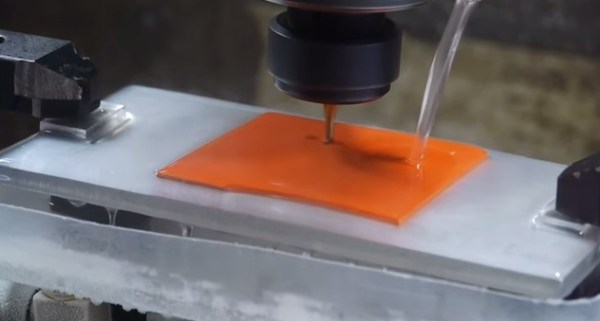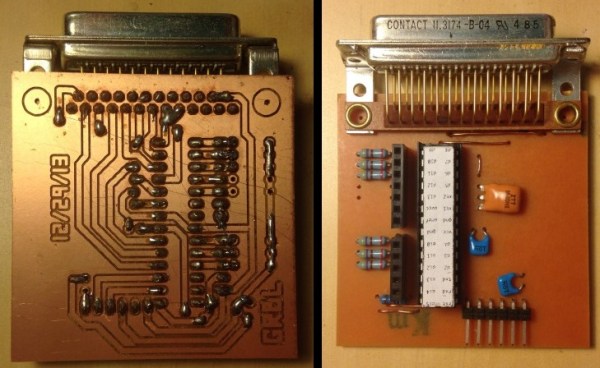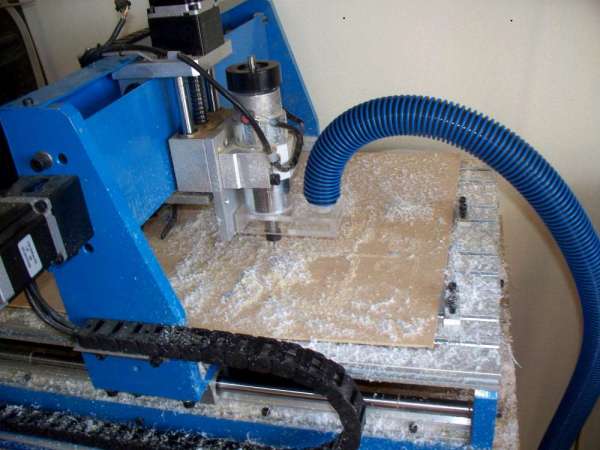When you go to a trade show of any kind, you’re expecting cool demos in the booths. At Maker Faire, there were plenty, but one of the most hypnotic was a robot built around Synthetos’ TinyG motion controller.
The demo was simply a large CNC gantry moving a ball bearing around on a string. The gantry moved in the X and Y axes, and the miniature wrecking ball was spooled and unspooled in the Z axis. The ball move around the space, coming to a complete stop without any swaying. There were even a few clear plastic tubes that the ball fell in, and popped out of without raising or lowering the string. It’s the height of motion controller coolness, all made possible with the TinyG.
The TinyG was one of a few motion control and CNC boards found at the faire. In its base configuration, it has 6 axes of motion control, RS485 to network several boards for crazy machine configurations, and a suitably powerful processor to do everything correctly.















